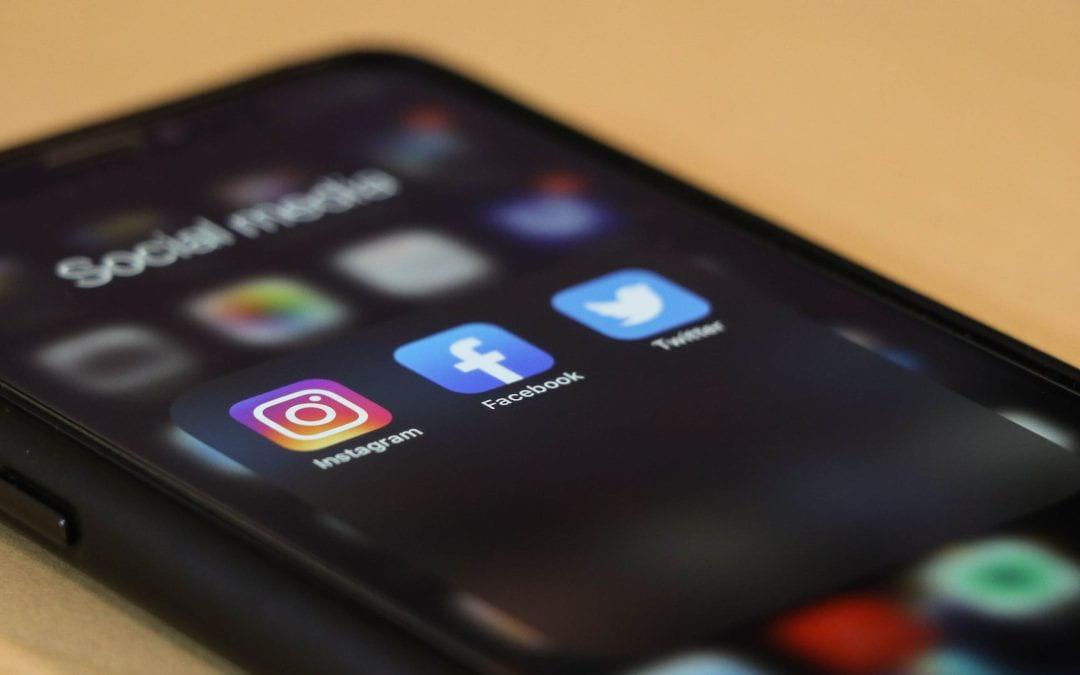By Izzy Renton
This year’s election has gone to the highest bidders. Electoral donation figures show that Labour, the Greens, and Te Pāti Māori received a combined total just exceeding $2,900,000. Meanwhile, the National, Act, and New Zealand First parties, which are expected to form a government following the release of the final vote tally, received more than $14,450,000. Almost five times as much.
But is it all about the money? Donations have certainly taken an unprecedented swing to the right this election (with Labour notably receiving 0 donations from business since 2021). But Labour managed a landslide victory in 2020, despite receiving $1.5m in donations to National’s $2.8m.
Social media spending may be a crucial part of the puzzle.
During the last election, Facebook insights suggested that National was failing to maximise its ad spend. In September 2020, National paid $38,000 for just 33 ads while Labour spent $31,000 on 171 ads. While having more money to spend on social media allows you to hire specialised staff and commit time to posting, paying less per ad demonstrates that a party is using more sophisticated audience targeting to reduce their cost and maximise their reach.
In 2020, the left-wing coalition also had more followers. As of August 2020, the Labour party came in first with nearly 400,000 Facebook followers, followed by the Green Party with just over 200,000, then National with roughly 150,000. Not to mention Jacinda Ardern’s personal following of nearly 2m – more than 10 times the followers of any other candidate.
In 2023 the tables turned. Labour was late to join the platform TikTok while National mastered the short video format. On Facebook, National, ACT and New Zealand First collectively spent around $2.1m for 6570 ads, while Labour, the Greens and Te Pāti Maori collectively spent roughly $1.2m for just 2449 ads. National had the lowest spend per ad of any party, paying $800,000 for 4073 Facebook ads (roughly $190 per ad).
As of September 2023 (and with Ardern out of the race), Winston Peters had the most Facebook followers of any party leader (123,000), followed by Christopher Luxon (88,000), and David Seymour (83,000). ACT and David Seymour’s combined accounts were also the most prolific, posting twice as much as any other leader-party combination in 2023 (just over 140,000 posts).
While these figures demonstrate that social media spending isn’t just about how much money you spend, but how you spend it, the broad strokes suggest that National successfully learnt from a poor online performance in 2020.

The National Party is thought to have successfully embraced the short video format of social media platform TikTok.
Does it really make a difference?
Social media has already been shown to impact election results in New Zealand, with one study finding that a candidate’s social media following was predictive of voting in the 2011 election.
While David Seymour criticised the allocation of NZ On Air funding towards a documentary about Green Party MP Chlöe Swarbrick, much of social media’s power to persuade may come from the fact that it is not a traditional news platform. Candidates attempt to build name recognition by reaching audiences that are not traditionally engaged with the election cycle. One US experiment found that name recognition alone could increase a candidates’ votes by 10%.
Furthermore, political content on social media is not broadcast straight from source to audience but can be shared by “friends”. Studies of Facebook media show that people are more likely to trust content which is recommended to them. This effect has long term consequences, because recipients are more likely to trust a media source in the future if it was previously recommended by a friend.
The impact of social media may be getting stronger.
Media consumption in New Zealand indicates that the political weight of social media is gaining on traditional outlets. The proportion of New Zealanders who actively use social media is growing – up from 57% in 2015 to 89% in 2022. By contrast, in 2019 77% of New Zealanders watched broadcast TV regularly, and just 64% watched the news in a month. And while trust in news is decreasing generally in New Zealand, trust in traditional news outlets is falling faster than news on social media.
Some may see social media spending as a reasonable extension of campaigning but online tactics have implications for social cohesion. Targeted advertising by political parties means how New Zealanders experience the election is diverging. While the Green Party prioritised targeting women under the age of 34 on issues of climate, NZ First targeted men, over the age of 55, on crime.
These divides are further exacerbated by parties who adopt misinformation in their campaigns. Non-parliamentary parties like the NZ Outdoors & Freedom Party included fake news in up to 10% of posting. Perhaps of greater concern, “half-truths” (accurate content containing one inaccuracy) also appeared in posting by mainstream parties. Followers of the National Party and ACT, as well as Luxon and Seymour’s personal accounts, were exposed to half-truths in roughly 5% of posting.
While large disparities in electoral funding rightly provoke fears about democratic process, social media spending may be a more pernicious cost. If strategic online campaigns can counter raw expenditure, they present possibilities for parties receiving fewer donations. But without closer scrutiny, increasing reliance on targeted and unregulated social media in New Zealand campaigning will damage the “IRL” ability to agree on what is true tomorrow.
Izzy Renton is a research assistant for Ngā Ara Whetū at the University of Auckland.
The ideas expressed in this podcast reflect the author’s views and are not necessarily the views of The Big Q.

